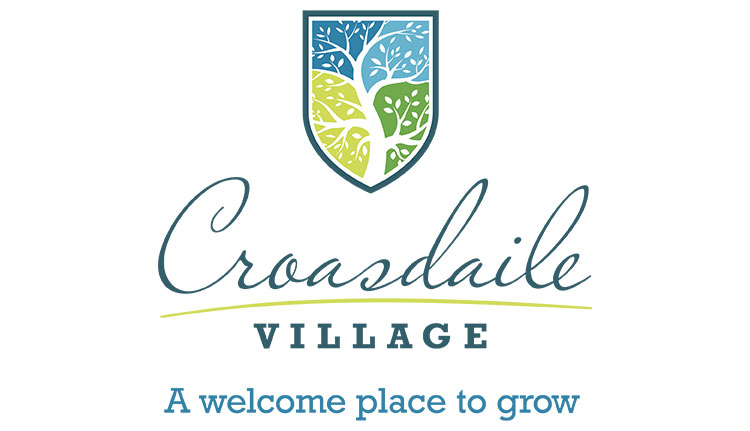The Benefits of Life Plan Communities
Life Plan Community 101
You may have heard the terms “CCRC” or “continuing care retirement community” or “Life Plan Community.” They all refer to a type of senior living community where older adults can age in place by having convenient access to personal and health care services. Typically, you join the community as an independent living resident and live in an apartment home, cottage, townhome or duplex. In some communities, services such as maintenance and housekeeping are included, a certain number of meals are provided, and a variety of classes, programs and activities are offered. At Croasdaile Village, for example, you’ll find all this and more are included, and everything from aqua aerobics, book clubs, bridge groups, pickleball, dancing, and woodworking are available within the community.
In addition, a Life Plan Community offers progressive levels of care on-site within the same community. The continuum of care varies from one community to the next, but generally care levels may include assisted living, memory care, skilled nursing, and rehabilitation. You will find all of these levels of care available at Croasdaile Village, along with other supports such as social workers, a Clinic, and Home Care.
“We added up what we spent on yard care, calling a handyman, utility bills and maintenance on the house. Croasdaile Village was a much better deal financially for us.”
-Kathy & Lex Silbiger, Residents
Residents find it reassuring that care is available should the need arise. Additionally, should your significant other require a different level of care, you can live in the same community just steps away from each other. In either case, residents find comfort in the fact that, whatever happens, they’ll be among friends in familiar surroundings. Plus, their children don’t have to worry about them. They know their parents are happy, safe, secure, and well taken care of.
Financial components of a typical Life Plan Community
- The Entrance Fee (sometimes called an Admission Payment). An upfront, one-time fee that can range anywhere from a few thousand to over a million dollars. Entrance fee contracts vary by the community, but some offer full, partial, or declining refund options. At Croasdaile Village, we offer both partial and declining refund options.
- The Monthly Service Fee. A monthly service fee covers the services and amenities associated with living at the community. The amount you pay depends on the size of your residence, how many people live there, and the range of services and amenities available to you. When comparing the monthly costs of living at home to those at a Life Plan Community, many people find they spend less at a community like Croasdaile Village while having access to so much more.
Understanding Continuing Care Contracts
How you pay for health services depends on the type of contract the community offers. In the state of North Carolina, CCRCs will typically offer one or more of the following types of contracts:
Extensive, Life Care Contract (Type A): This type of contract offers housing, residential services, and health services typically in exchange for an entrance fee and monthly fee. If the need arises for a higher level of care, the resident may transfer to the appropriate level of care at a predetermined, substantially discounted monthly rate for as long as care is needed.
Modified Contract (Type B): This type of contract offers housing, residential services, and health services typically in exchange for an entrance fee and monthly fee. Residents receive priority access to higher levels of care either at: 1) a subsidized/discounted rate, or 2) for a limited and specified number of free days. The discount and/or number of covered days varies from community to community, but once the covered period ends, the resident is charged the per diem market rates at the community.
Fee-for-Service Contract (Type C): This type of contract offers housing, residential services, and priority access to health services typically in exchange for an entrance fee and monthly fee. A resident has priority access to those higher levels of care and pays the per diem market rate when and if they need health care services. Croasdaile Village offers a fee-for-service contract; however, we are pleased to provide our residents with 6 free days on an annual basis to cover some temporary nursing care, if needed.
Rental: The type of contract typically requires a security deposit rather than an entrance fee, and residents pay the full per diem market rates for health-related services available.
Equity: This type of contract involves a real-estate purchase transaction, where the resident takes ownership of the residence. There is usually a Monthly Fee charged for provided services and amenities. The arrangements for health services may vary.
You can learn more by visiting the website for the NC Department of Insurance at ncdoi.gov/licensees/continuing-care-retirement-communities-ccrc.

